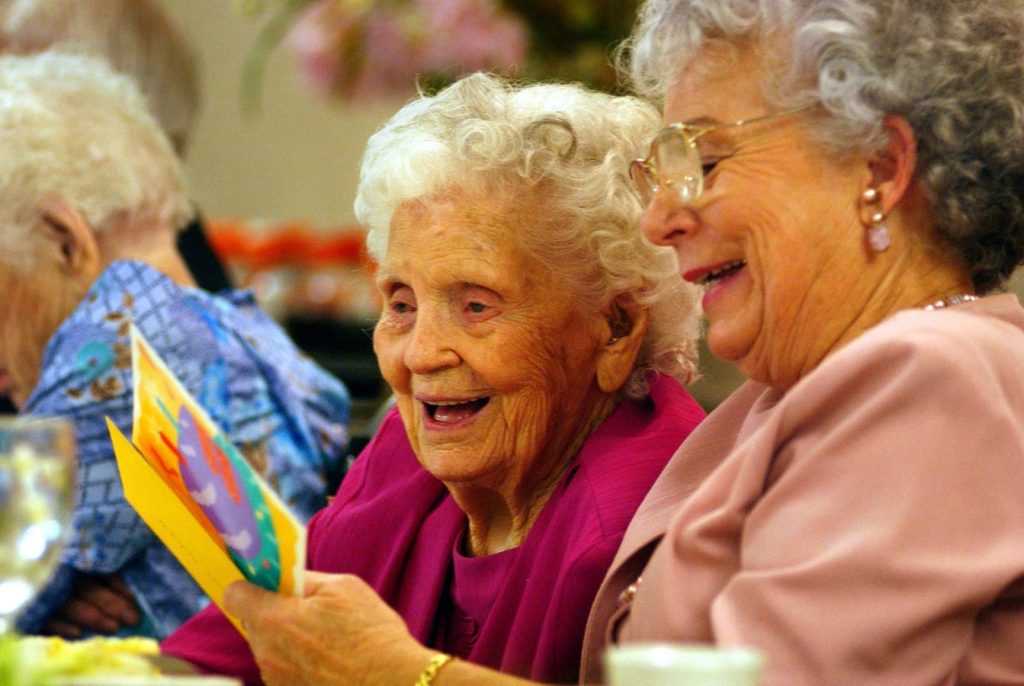We all know the population of older adults is growing rapidly. But we are aging in very different ways. And if we are going to reimagine medicine, caregiving, and government policy, it is important to better understand who older adults are and how they live.
In its newest Profile of Older Americans, the federal Administration for Community Living paints a detailed picture of the lives of US residents age 65 or older. In some ways, this snapshot, which focuses mostly on older adults in 2022, tells a tale of extremes.
The headline, of course, is the continued rapid growth of the older adult population, as the last of the Baby Boomers begins to reach age 65 and as seniors’ life expectancy continues to increase.
Many older adults are financially secure, live in stable households, and are relatively healthy. But others, especially as they reach their 70s and 80s, live much more tenuous lives, as they cope with the deaths of friends and family, declining assets, and greater health and long-term care needs and expenses.
While the report only hints at the challenges, the reality is that lower-income, less educated older adults are more likely to struggle with poor health and higher medical and long-term care expenses in old age.
Finances
Among the highlights of the report:
In 2022, there were nearly 58 million older adults, 32 million women and 26 million men, representing 17.3% of the population. In 2000, only about 35 million people were age 65 or older.
While it isn’t included in this report, the Census Bureau estimates nearly 25 million Americans are age 75 or older and more than 6 million are over 85, the age at which people are most likely to need assistance.
While overall US life expectancy declined in recent years, older adults lived longer in 2022 than in the pandemic year of 2021. Those turning 65 in 2022 could expect to live another 18.9 years, with women living an average of 20.2 additional years and men 17.5 years.
How They Live
Where do older adults live? Florida, of course, where nearly 22% of residents are 65 or older. But you may be surprised to learn that Maine, Vermont, West Virginia, and the commonwealth of Puerto Rico also have high percentages of older adults.
While about 60 percent of those 65+ lived with a spouse or partner, about 16 million, or 28%, lived alone. About one-third of older women lived by themselves, but among those age 75 or older, about 42%, lived alone.
The median income of older adults was just under $30,000. Men made significantly more than women—about $37,000 v. $25,000. Median household income was about $73,000. But about 17 percent had incomes of less than $35,000 and 10 percent had incomes of $10,000 or less.
Nearly one in five older adults were working or seeking work in 2023.
Overall, about 6 million older adults, or about one in ten, lived in poverty. Another 2.7 million, or nearly 5%, were classified as “near-poor.”
There were big differences by race. About 8% of White seniors live in poverty, compared to almost 18% of Black seniors and 17% of Hispanic older adults.
More than three-quarters of households headed by people 75 or older owned their homes, with a median value of about $268,000. Not surprisingly, the median household income of older homeowners was nearly double that of older renters (about $39,000 v. $20,000).
Their Health
One-quarter of older adults assessed their own health as fair or poor. Nearly all took at least one prescription medication. The most common chronic conditions are high blood pressure, arthritis, and high cholesterol. Roughly half of older adults reported having at least one of these conditions.
About one-third reported some disability. One in five said they had difficulty walking or climbing stairs, one in seven had trouble hearing, 28% said they fell in the past year, and about 8% reported some cognitive limitations.
And even though 94% of older adults were covered by Medicare and 99% said they had some insurance, older adults still reported spending more than $7,500 out of pocket for health care in 2022, mostly for insurance premiums.
Even as older adults struggle with their own health, about 15% also care for spouses and other relatives. Among caregivers, those aged 65 and older were most likely to provide care on any given day, and they spent an average of nearly 5 hours providing help on those days.
The overall message of this report, which can’t be repeated often enough: Older adults should not be seen as a homogenous group. They live very different lives, with very different needs.
Read the full article here










